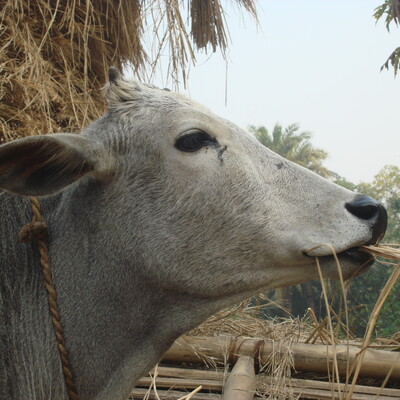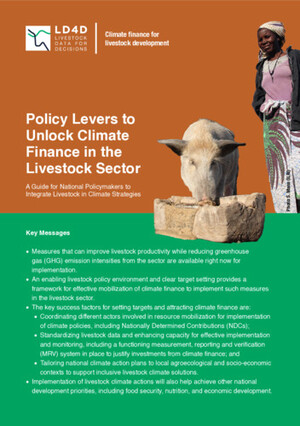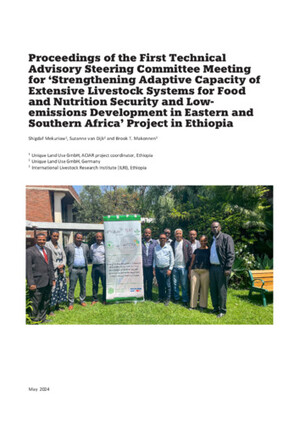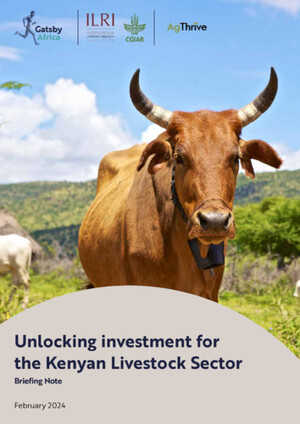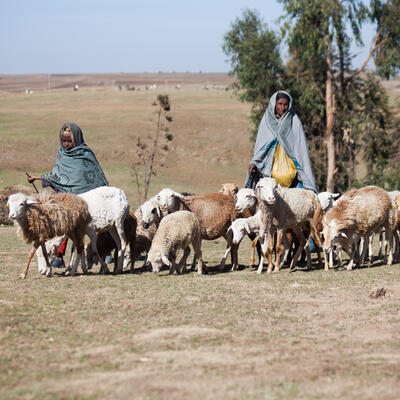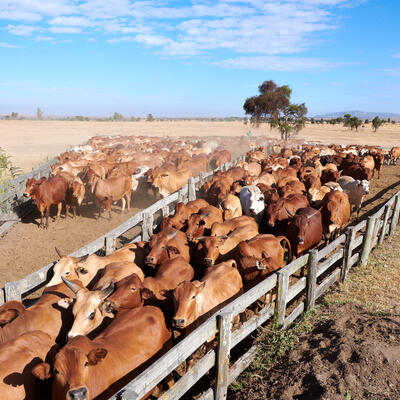
Livestock in context: A plea for intellectual rigor and collegial disagreement

Photo credit: ©IFPRI/David Popham
Lawrence Haddad, the executive director of the Global Alliance for Improved Nutrition and 2018 World Food Prize co-winner, gave two presentations at the International Tropical Agriculture Conference held 11-13 November in Brisbane, Australia. The first, titled Let them eat meat, was covered in an earlier blog post. His second presentation, titled Why animal source foods need to be part of the global food security and nutrition agenda, focused on the nutritional benefits of animal-source foods (ASFs) to reduce the stunting and widespread micronutrient deficiencies experienced by children under five worldwide.
In Central Africa, for example, as many as 76% of children under five suffer from micronutrient deficiencies. Some 64% of children in South Central Asia also suffer from micronutrient deficiencies. By contrast, less than 20% of children in Western and Northern Europe suffer from such deficiencies, and only 11% do in Northern America. (Data are drawn from Unicef’s State of the World’s Children 2019 report.)
Unfortunately, as Haddad also noted in his Let them eat meat presentation, several recent major publications on the state of the world, such as the Food in the Anthropocene report from EAT-Lancet published early this year, have not always drawn a clear distinction between wealthy, developed countries, whose diets may indeed be unhealthy on both health and environmental counts, from the diets of people living in poor or underdeveloped countries.
In Australia, for example, diet is related to five of the ten leading risk factors driving death and disability numbers, including high body mass. In Nepal, diet is related to six of the ten leading risk factors—but in this case the factors are very different, and include malnutrition and inadequate water and sanitary systems.
Ultimately, the question of whether ‘we’ are eating too much meat depends very much on who is meant to be included in the ‘we’. As Haddad says, ‘If you’re in a high-income country, and you’re pretty well off, you’re probably eating too much animal sourced foods, and you’ll probably do well for your health to reduce. If you’re living in a low income setting, and you’re a young child and an infant, or a pregnant mother, or an adolescent, you have a lot of nutritional needs, and they’re only really going to get met by animal sourced foods. And then the main need that’s going to get met is vitamins and minerals.’
Haddad concluded by noting just how much remains to be fully investigated. Most data and research come from high-income settings; more needs to be done, he said, to establish the benefits and trade-offs of ASFs in various settings. He is hopeful that a new Intergovernmental Panel on Food and Agriculture can help straddle the research world’s of health and the environment in rich, poor and middle income countries. In short, the issues are complex, the evidence base remains thin, there tends to be a lot of ideology infused in the discussion. Given these conditions, there is above all a need to avoid demonizing those who disagree with us—needless controversy sets the entire discussion back.






